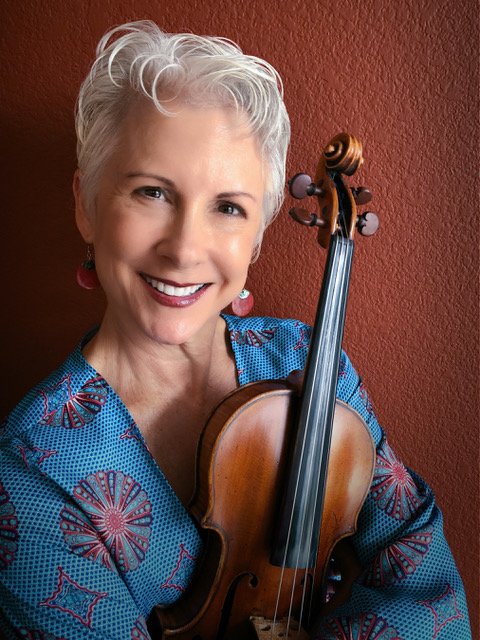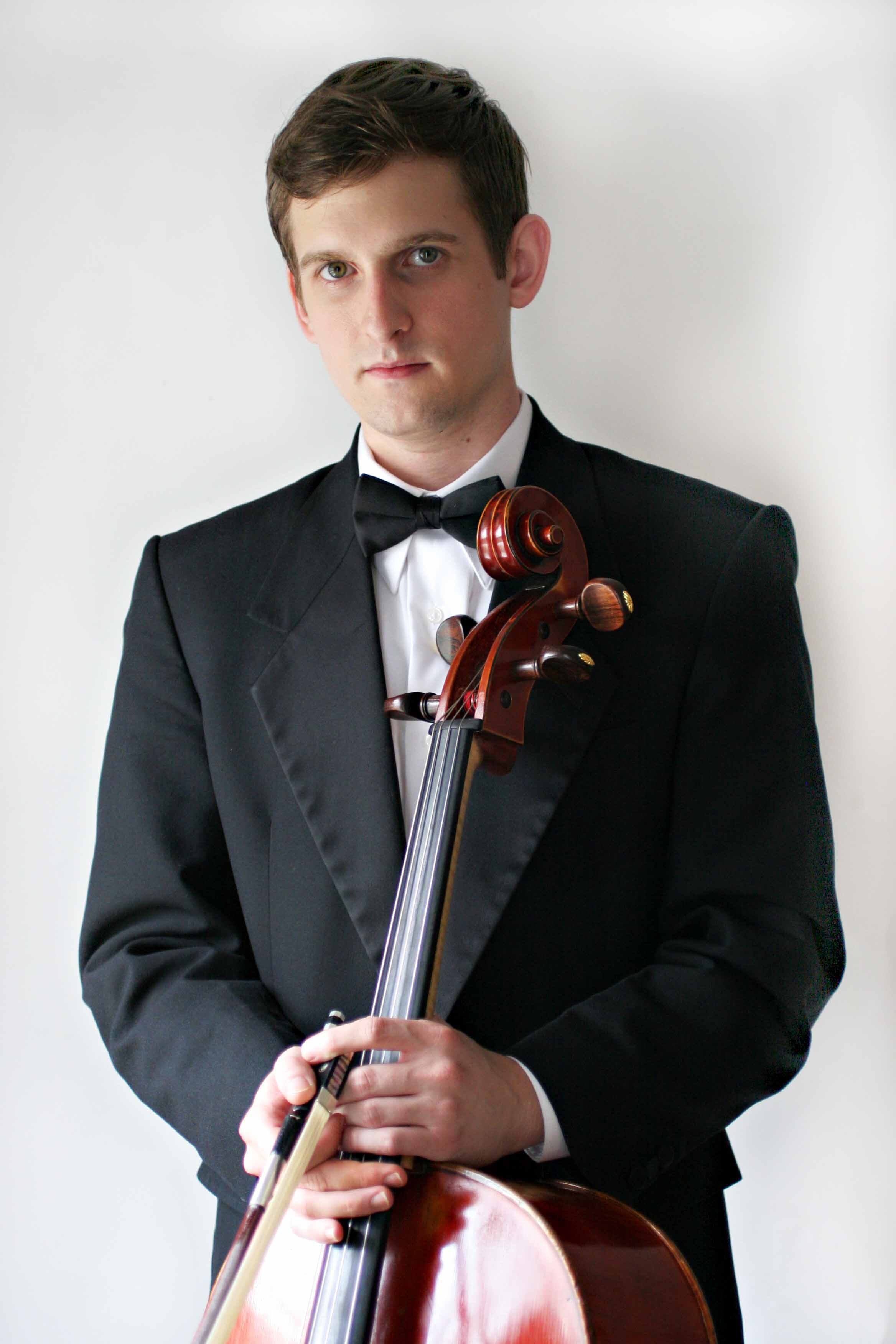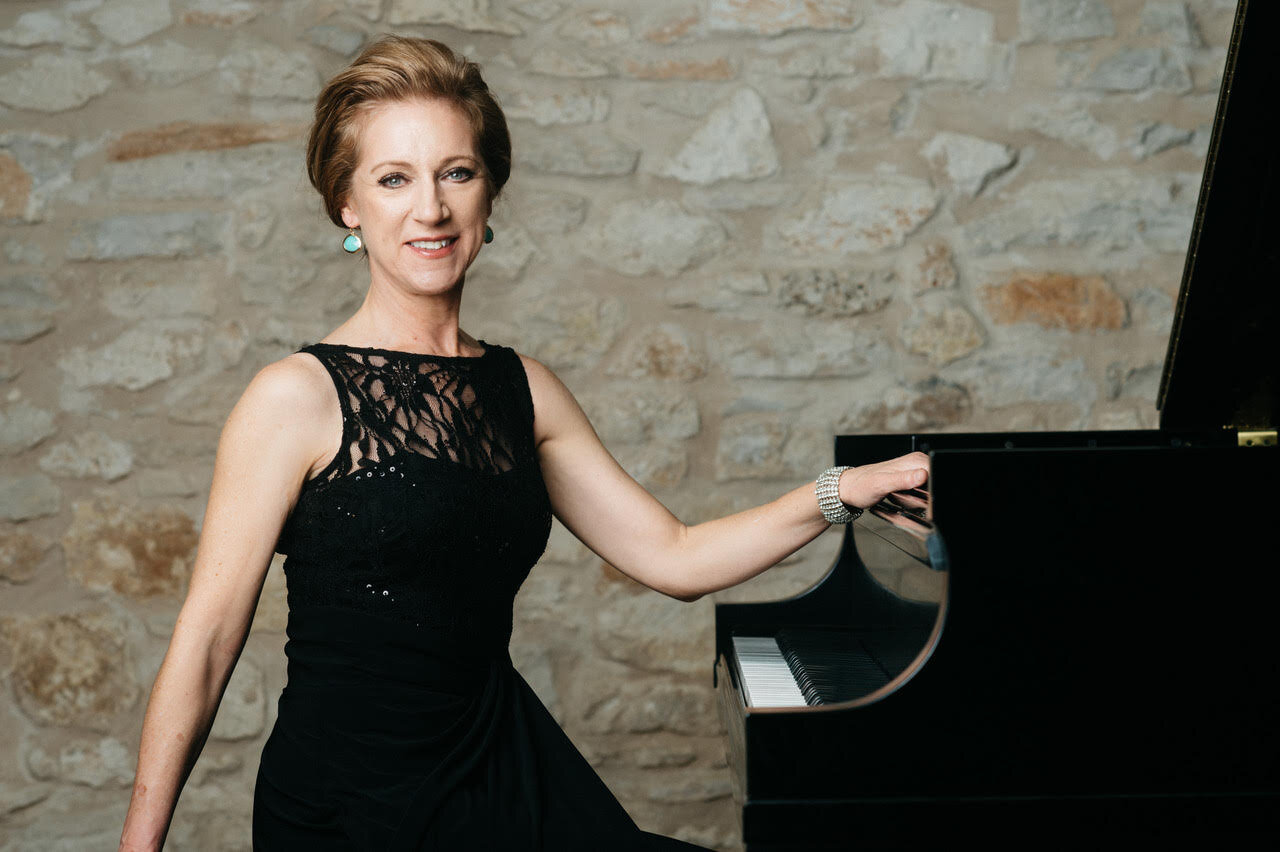JANUARY Concert 2024
Sunday, January 14, 2024 | 4:30 pm
Monday, January 15, 2024 | 7:00 pm
artists:
Stephanie Sant’Ambrogio, Violin
Program:
The Solitude of Stars…………………………………………………………………..…………………………………..Stacy Garrop
Stacy Garrop is a distinguished, outstanding and prolific American composer. https://www.garrop.com/About/Bio
“In 2014, I enjoyed a wonderful residence at the Ucross Foundation in Clearmont, Wyoming. Ucross is an artist colony that gives writers, composers, and visual artists the gift of time, space, and support to follow their artistic pursuits; we are provided with studio space, housing, and meals so that we can work continuously on our projects. I have been in residence at numerous artist colonies; however, nothing in my previous experiences prepared me for living in such isolated, wild country. Ucross is situated on a 20,000-acre cattle ranch at nearly 4,000 feet in elevation with fewer than 150 people living within the town. But what Clearmont lacks in population, it makes up for abundantly and spectacularly in wilderness and wildlife. I composed the sextet Postcards from Wyoming to offer three glimpses of what I found to be the most striking aspects of my residence. The Solitude of Stars, the third and final movement of the original sextet, was inspired by the stunning nightly display of the heavens above. Without city lights dimming the night sky, countless stars shone brightly over the vast expanse of the prairie.
“During the 2020 COVID-19 pandemic, I undertook The Solitude of Stars Project, which contains multiple duo and trio arrangements that I made for colleagues and friends.”
—Stacy Garrop
Serenade in C Major, Op. 10 for String Trio………………………………………………………………………Ernst von Dohnányi
Hungarian composer Ernst von Dohnányi’s Serenade was composed between 1902 and 1904. It is regarded as one of the great masterpieces of the string trio literature. He modeled it after Beethoven’s exquisite Op.8 Serenade in terms of form, but made significant changes to create an updated version of Beethoven’s work.
Ernst von Dohnányi (1877-1960) is generally regarded, after Liszt, as Hungary’s most versatile musician. He was active as a concert pianist, composer, conductor and teacher and was one of the chief influences on Hungary’s musical life in the 20th century. His first published work, the Piano Quintet No.1 was championed by Brahms, who promoted it in Vienna.
Upon graduating from the Budapest Academy in the spring of 1897, Dohnanyi embarked on a dazzling career as a concert artist, often playing in chamber ensembles. Later, he also devoted considerable time to teaching and conducting.
Piano Quartet in C minor, Op.15………………………………………………………………………………………Gabriel Fauré
The Piano Quartet No. 1 in c minor, Op. 15 was written between 1876-79 and revised with a new finale in 1883. The quartet's first movement two primary themes establish wonderful contrasts. The first is big and robust. The second theme is lyrical and winsome, flowing in ribbons of step-wise sequences. Delicate, elusive, ever flowing and shimmering, this kind of ingenious musical continuity flows straight into music of Ravel, Fauré’s most famous student.
Fauré's Scherzo is fascinating. It moves throughout with the dual personality of a march and a waltz with a steady perpetual motion gently animating the entire construction. It suggests phrases such as "watch-like precision.” Over time, the strings introduce a much more languid melody that stretches with a certain wryness like gauzy fabric over a loom. This is the casual, playful humor of Fauré's Scherzo.
The Adagio is majestic and profound, serene with a dark streak of poignancy. It opens with an elegiac theme, a stately pavane measured, reflective and somewhat grave. It gathers momentum, reaching with a more emphatic yearning that relaxes again into pastels and a dreamy nostalgia like a French café song whose languorous melancholy savors its own sorrow fondly. A dour chord wakens the reverie into a disorienting drift back through the spinning of time in wide ranging piano arpeggios; a recollection of the poised elegy sinks deeply into the lower strings under the terrible weight of reality. The piano continues to dream, lost, floating skyward like a brightly colored kite against the gray clouds, forever untethered from the gravity of the dark earth below.
Fauré concludes his first chamber work for large ensemble with a blustery, restless rhythmic tour de force that begins with a storm in a minor key and travels, moto perpetuo, a wide arc of kaleidoscopic changes to end in a surge of bright triumph, a sparkling finish awash in color and grand cadences.




